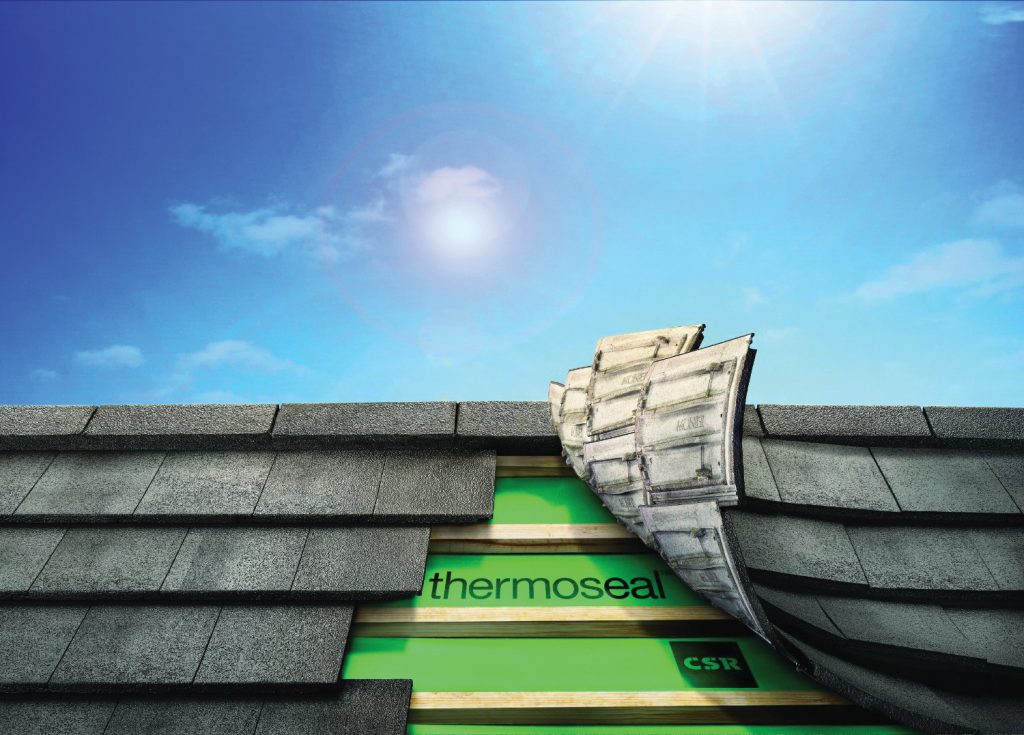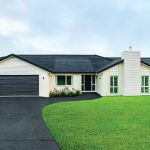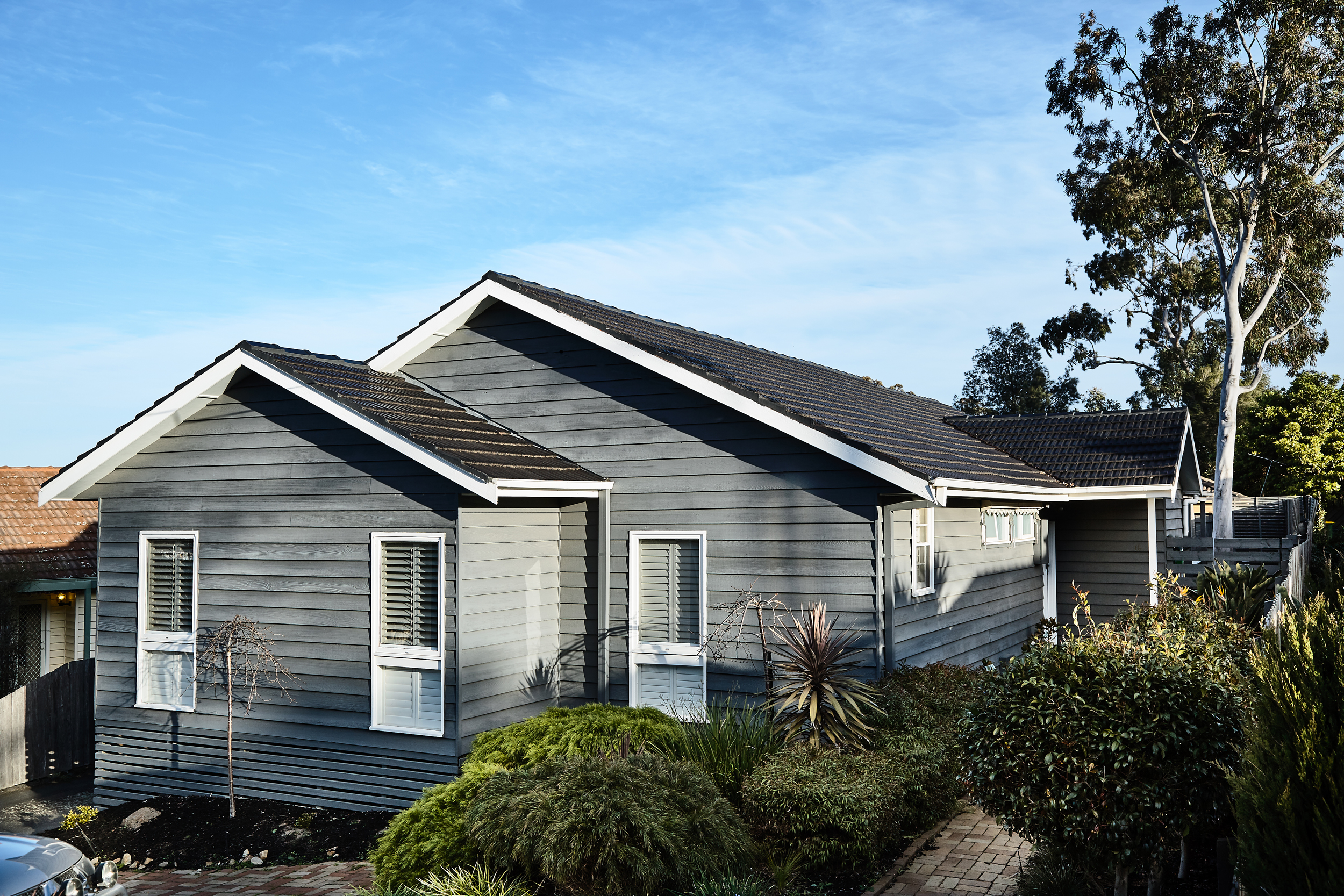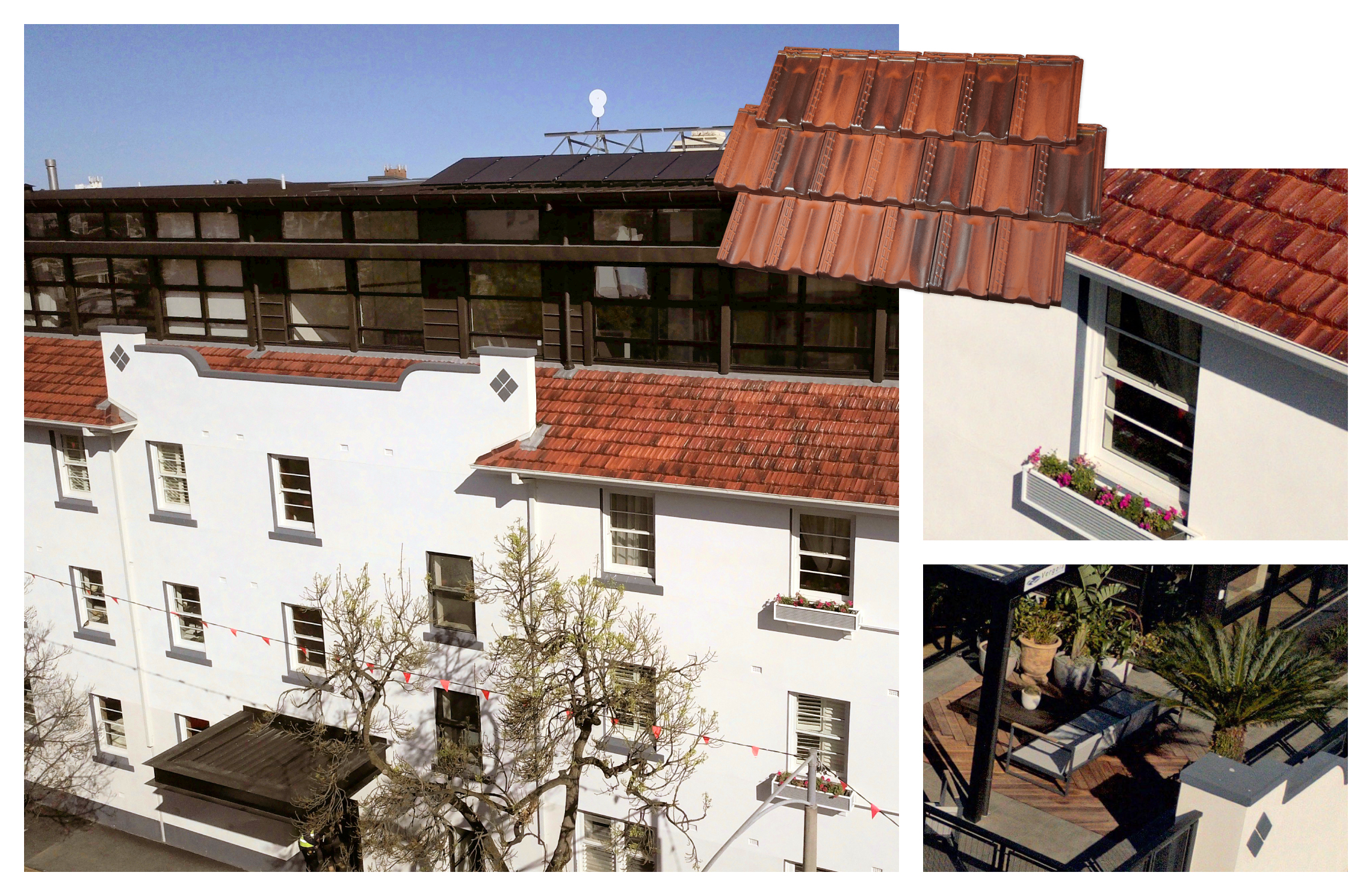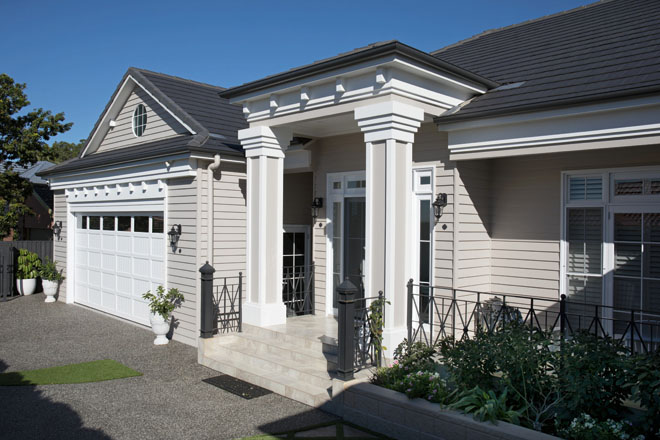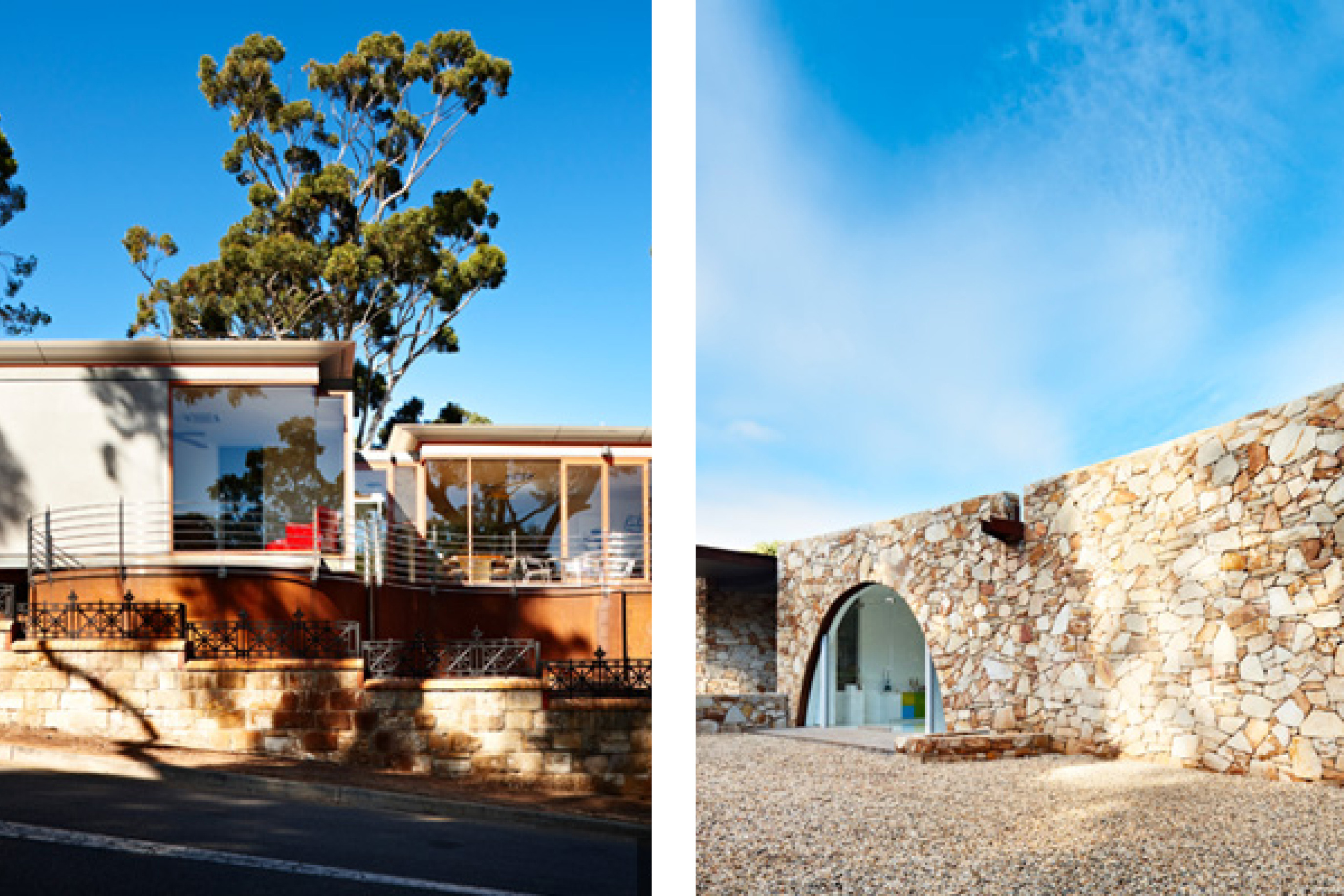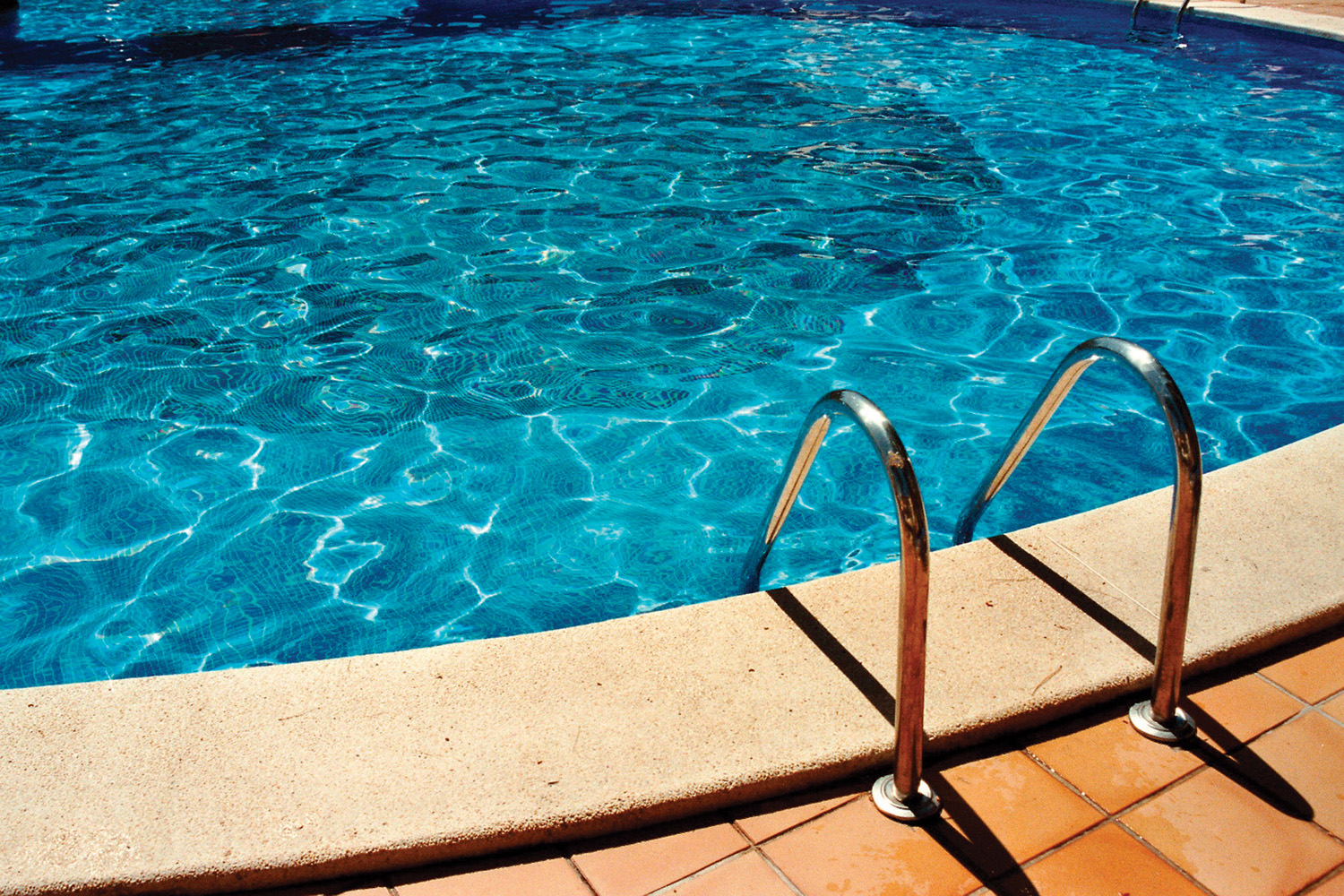Want your new home to work for you? Here’s what you need to know about energy efficiency
Energy efficiency has long been put in the “great idea, but…” basket when building a house. Sure, we’d all like to be a bit more eco-conscious, but when it comes down to it, sometimes choosing eco-friendly materials gets all a bit hard and ends up being pushed down in our list of priorities.
And, with so much jargon around – words such as insulation factors, sarking, and various heat scales – it’s tricky to get your head around the subject when you are building or renovating. Here’s a run-down of the essentials:
Sarking:
Roof sarking is a membrane positioned under your tiles during installation of the roof. It is rolled out in sections with an overlap between each layer and provides a number of key benefits:
- Reflective foil roof sarking shields the home from up to 97 per cent of radiant heat (from the sun) when combined with an air-space, helping to provide a more energy-efficient and comfortable home
- Some roof sarking allows the escape of water vapour from the warm interior during colder months to reduce the risk of condensation, which can lead to unseen mould growth behind internal linings. By reducing condensation and eliminating the harmful effects of mould, you create a healthier environment for your family
- Sarking limits air infiltration and dust entering the home through gaps around down-lights and vents
- While not mandatory, it’s considered best practice to sark your roof to ensure a healthier and more energy- efficient home
R-Value:
This is a term often mentioned by architects, roofers and builders. Roofs provide a “thermal barrier” – protecting your home from not just the physical weather such as rain and wind, but also the transfer of heat in and out of the home. How effective your home is at providing that thermal barrier is due to the R-value of the insulation and roofing materials.
R-Value measures insulation and roofing material’s ability to block heat, or its resistance to heat flow.
In Australia, new homes are required to have a certain level of insulation in order to meet government regulations.
Building designer Dick Clarke of Envirotecture (envirotecture.com.au), says he likes to increase layers of insulation to achieve higher R-Values and thus make a home more efficient in heating and cooling. Each level of insulation – from roof tiles to sarking and insulation batts – adds to the R-Value.
“In Sydney you need a total R-Value across the whole roof and ceiling construction of something greater than R6,” he says. “R8 is really good.”
The more insulation you install (and the thicker it is), the more efficient your house will be. A builder or roofer would be able to tell you what R-Value you will need for a home in your area.
House Orientation:
Not everything related to energy efficiency for a new home comes back to building products. House orientation is another important factor. The position of the building in relation to the sun and wind patterns can make your home a more comfortable and energy- efficient place to live.
Factors such as climate zone, breeze patterns, latitude and natural shading all have a massive impact on how it feels to live in your house, and if you are able to change the angle of your house on your block, it can make a big difference.
This type of thinking is often called passive design, because the way the house is positioned and the direction it faces will play a big part in how efficient it is with its consumption of energy – how cool it is in summer and how warm it is in winter.
Designer James Cooper of Sanctum Design (sanctumdesign.com.au) specialises in energy-efficient homes and says that his customers often see eco-friendly credentials as a bonus, rather than a must-have.
However, once they see a well-designed house, this view often changes.
“I must say that energy-efficiency is not high on most of our client’s lists,” he says. “However, when we apply good principles and energy-efficient design, such as passive solar design, they really do appreciate it.”
Insulation:
Clarke says that even simple decisions will make a difference when building a house – additions such as double glazing, or extra roof insulation. Indeed, he says that the roof construction and glazing are the two most important factors to look at when building an energy- efficient house.
=QUOTE=He stresses that added layers of insulation is key to keeping homes cool in summer, warm in winter. It starts with the sarking, then it’s about building layers from there.
In his design projects, he backs up the sarking with another layer of double-sided foil in the roof cavity for added insulation, along with the more traditional ceiling insulation batts. This extra layer provides even more protection from the outside elements. Any additional cost in this process is then offset by the associated savings in future heating and cooling expenses.
He also chooses the layer of insulation with the highest R-Value possible in the ceiling cavity.
Good insulation – in the roof and the walls – will also help with noise
reduction, as will the use of tiles, which are much better at managing noise than metal sheeting. If noise is an issue with you, such as if you live on a busy road or under a flight path, talk to your builder about acoustic insulation.
For more information
